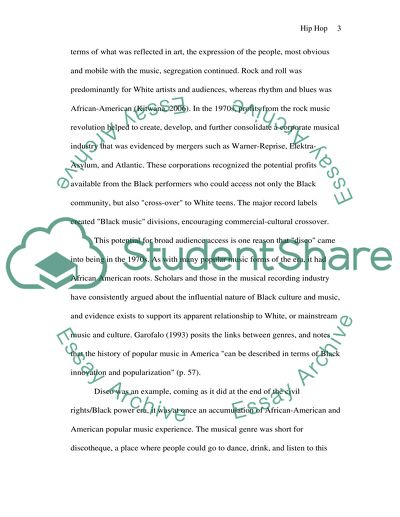Cite this document
(Hip Hop and Crisis in The African American Community Literature review Example | Topics and Well Written Essays - 2500 words, n.d.)
Hip Hop and Crisis in The African American Community Literature review Example | Topics and Well Written Essays - 2500 words. https://studentshare.org/culture/1393018-hip-hop
Hip Hop and Crisis in The African American Community Literature review Example | Topics and Well Written Essays - 2500 words. https://studentshare.org/culture/1393018-hip-hop
(Hip Hop and Crisis in The African American Community Literature Review Example | Topics and Well Written Essays - 2500 Words)
Hip Hop and Crisis in The African American Community Literature Review Example | Topics and Well Written Essays - 2500 Words. https://studentshare.org/culture/1393018-hip-hop.
Hip Hop and Crisis in The African American Community Literature Review Example | Topics and Well Written Essays - 2500 Words. https://studentshare.org/culture/1393018-hip-hop.
“Hip Hop and Crisis in The African American Community Literature Review Example | Topics and Well Written Essays - 2500 Words”. https://studentshare.org/culture/1393018-hip-hop.


